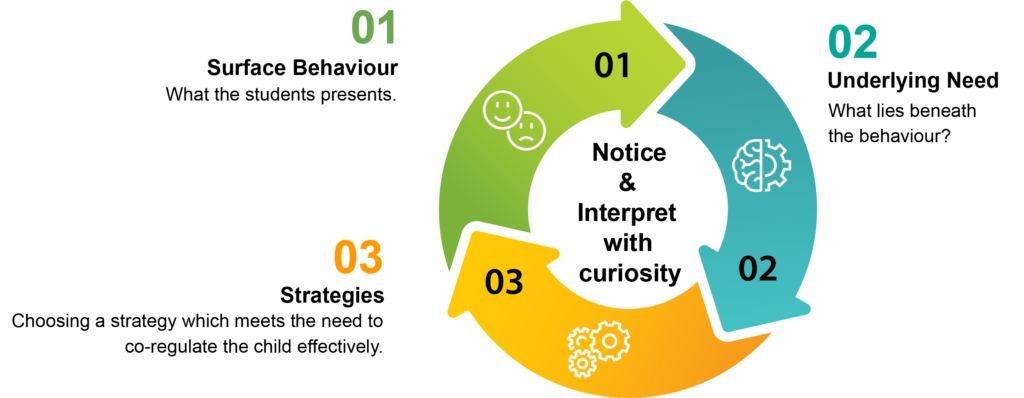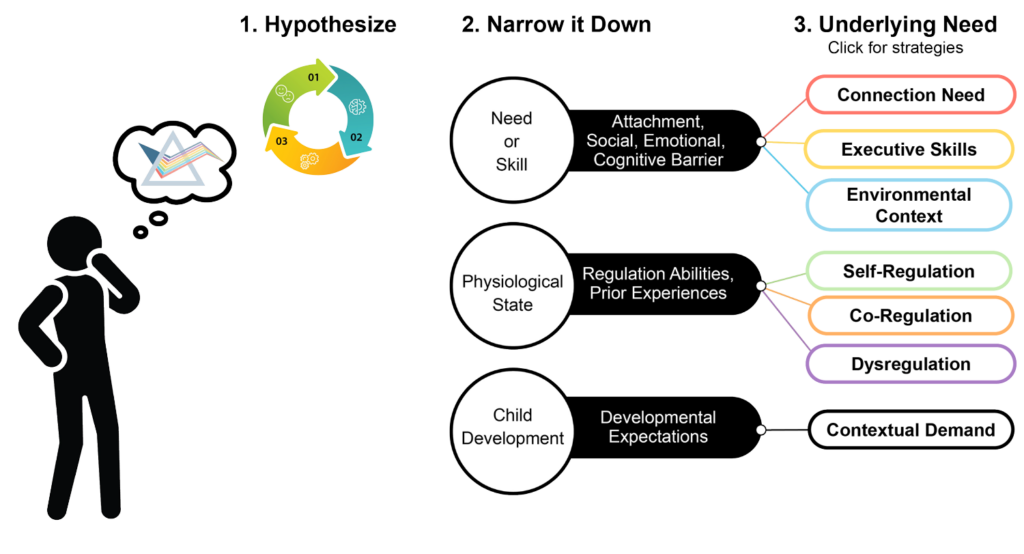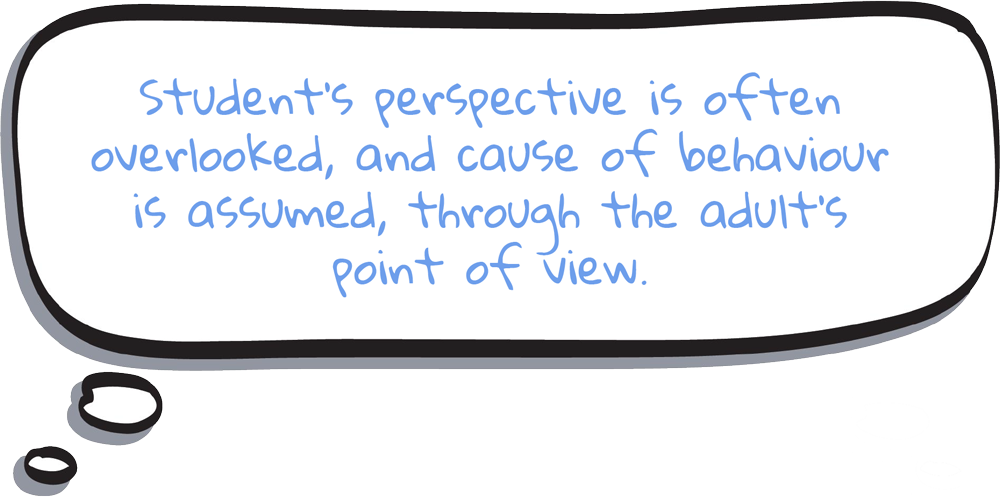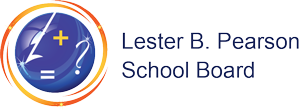
Overview
We are tasked with figuring out how to analyze and understand behaviours and emotions in our classroom.
Overview
We are tasked with figuring out how to analyze and understand behaviours and emotions in our classroom.

Today’s Classrooms
Children in our classrooms are presenting difficulties in social, emotional and behavioural regulation. This can make teaching and following curriculum demands feel next to impossible. We all know that when children feel safe and secure, they can learn more effectively, but sometimes it takes some extra work on our part as adults to help them get there.
How to Promote Positive Mental Health
Many teachers have been told to use behaviour management strategies such as positive reinforcement or time-outs. But what happens when this doesn’t work, which is so commonly the case? When students continue to struggle? What if we don’t even know why they’re struggling? Behaviour is perplexing! We hear about “looking beneath the surface of the behaviour” and it’s just “the tip of the iceberg.” We are tasked with figuring out how to analyze and understand behaviours and emotions in our classroom. This takes time and effort, which we may not have.
3 Step Process
- When it comes to identifying the need or skill beyond the surface behaviour, we’ve developed a decision-making framework to save you time.
- Our goal is to help you understand the context that explains the behaviour, and pinpoint effective strategies to use right away and are aligned with the ÉKIP Competencies.
- Our tools are grouped to balance our student’s needs and skills, while considering their regulation abilities, and the environmental demands placed upon them.
- This helps to create a truly inclusive classroom environment that is responsive to all learners’ needs.



For more information about this approach, please download our presentation.

Does this sound familiar to you?
Below are two real classroom examples of how the Essential Skills lens led to positive student outcomes and made it easy for teachers to identify and observe skill development.
Johnny had a problem. His teacher and classmates were getting tired of him having a tantrum every time it was time to leave for the day. They tried rewards and consequences, like time-outs, reflection sheets, discussing the impact of his behaviour, but nothing seemed to work. Finally, they realized that Johnny might have an executive skill deficit that made it hard for him to think about what would happen next because he has trouble connecting his actions in the present with what will happen. Johnny always seems to wanted everything right now! The teachers started helping Johnny learn how to plan ahead by thinking about what he could do when he gets home or after school—anything from watching TV to playing video games or drawing. Johnny’s tantrums are now gone as he can link his current situation with something that he enjoys and is waiting for him—in other words, his future thinking skill has developed!


Jennifer was described as an old soul, always taking the time to share her opinion on things. She also loved hearing other people’s thoughts and opinions because she felt that everyone had something valuable to say. When she noticed how the kids were playing during recess, she didn’t like how they disregarded the rules. So, Jennifer stood up in front of all the kids at recess and told them what they were doing wrong and gave suggestions for playing more fairly. However, the other kids didn’t want to listen and said mean things about her until she cried out loud. Then, she ran away all alone into a nearby forest where nobody would find her ever again! Finally, realizing how much she cared about having friends, Jennifer began developing her self-regulation and flexible thinking. She worked on controlling only herself or speaking to her experience, rather than trying so hard to control others.
